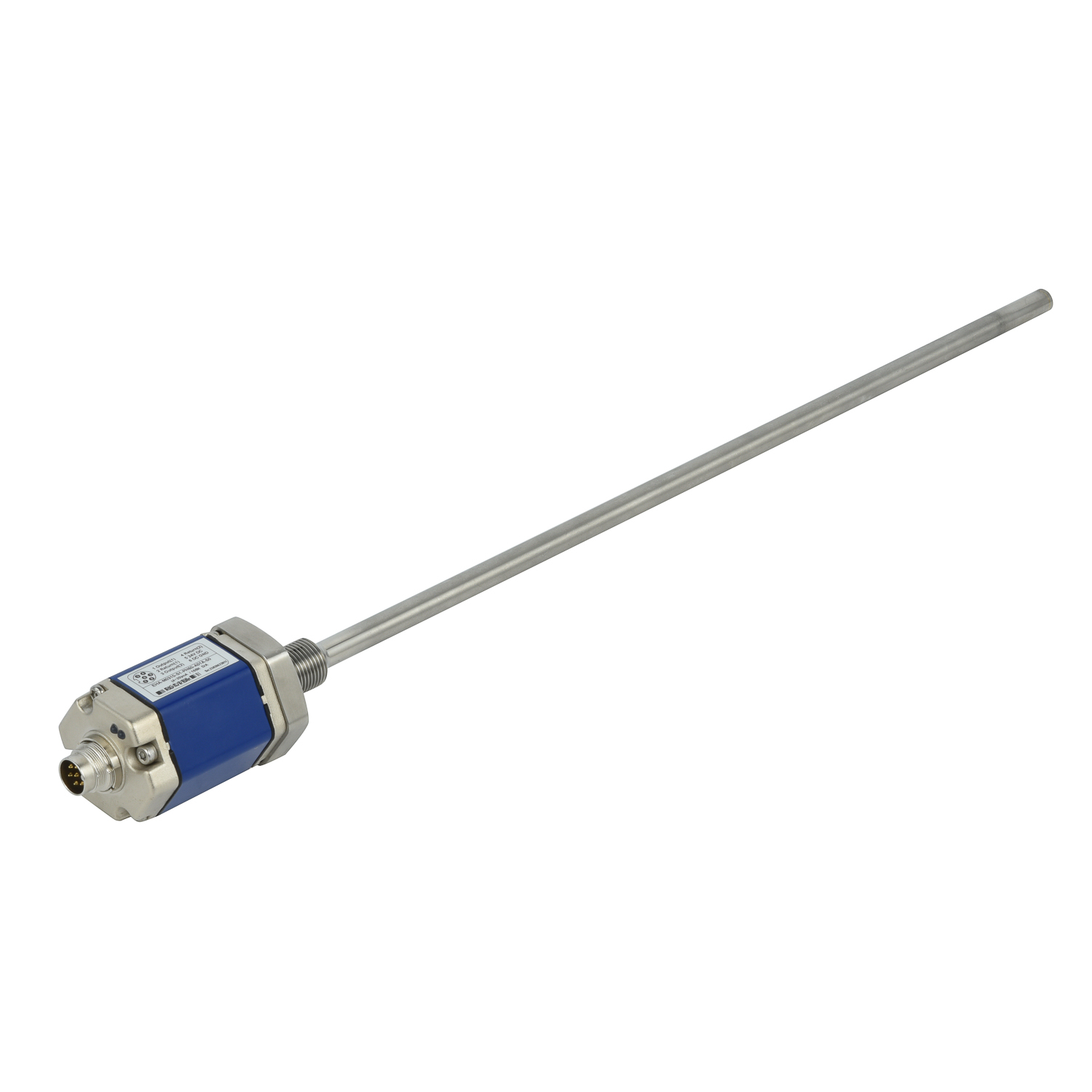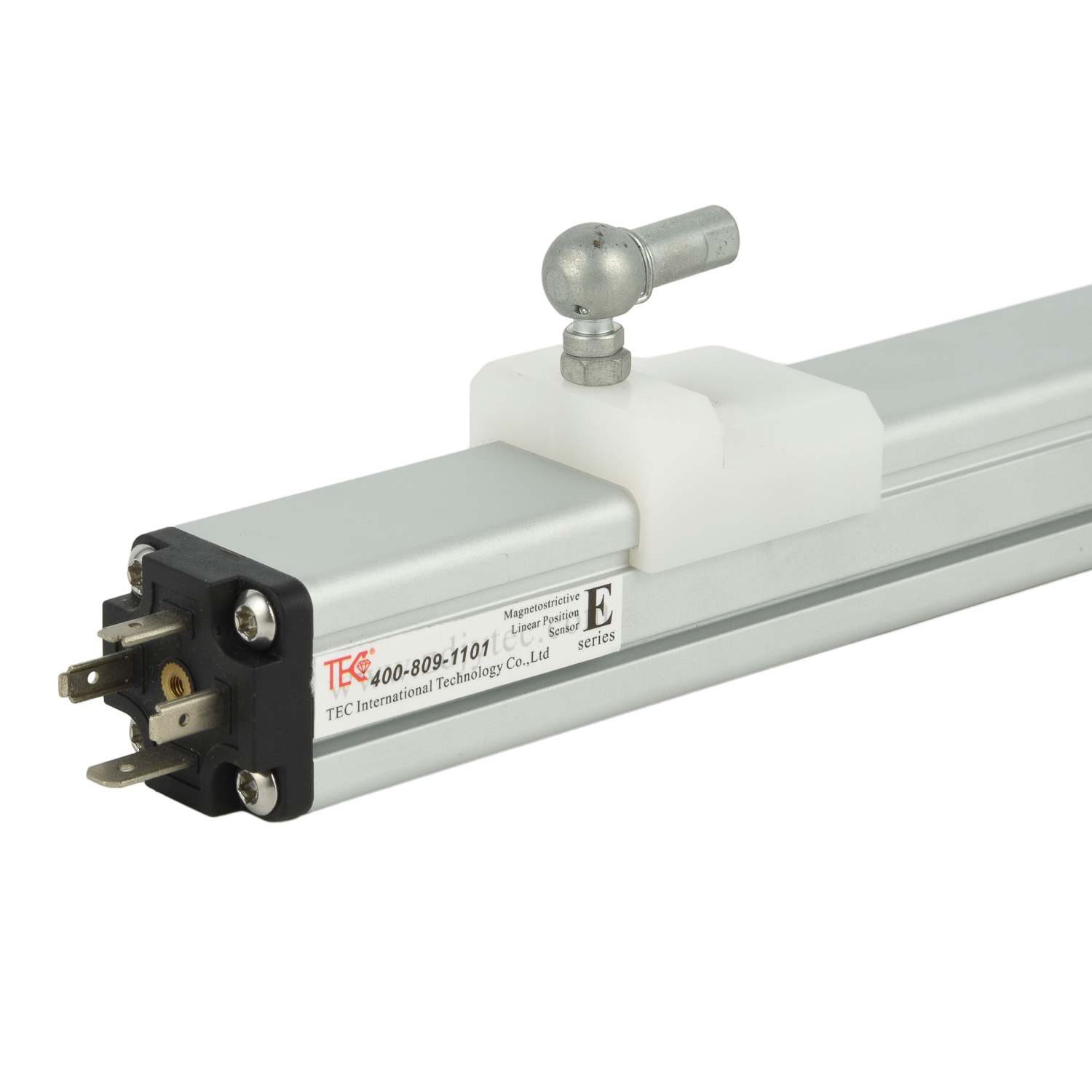Buyer'sGuide:ChoosingtheBestMagnetostrictiveLevelGaugein2024
Understanding Magnetostrictive Level Measurement Technology
Magnetostrictive level gauges represent the pinnacle of precision in liquid level measurement technology. These sophisticated devices operate using a unique principle that combines magnetic fields with torsional stress waves to deliver exceptional accuracy. At the core of the system lies a waveguide wire enclosed within a protective tube, accompanied by a float containing permanent magnets that moves with the liquid surface. When an electrical current pulse is sent through the waveguide, it interacts with the magnetic field from the float, creating a torsional wave that travels back to the sensor head. The system precisely measures the time delay between pulse transmission and wave return to determine exact liquid level with resolutions up to 0.1mm. This non-contact measurement method ensures reliable performance without mechanical wear, making it ideal for demanding industrial applications where precision matters most.

Key Advantages Over Alternative Level Measurement Methods
When comparing level measurement technologies, magnetostrictive gauges offer distinct benefits that justify their position as premium solutions. Their most significant advantage lies in unparalleled measurement accuracy, consistently delivering precise readings even under challenging conditions. Unlike traditional float switches or ultrasonic sensors, magnetostrictive devices maintain their calibration over extended periods, eliminating frequent recalibration needs. The non-contact nature of the measurement principle means there's no mechanical linkage to wear out, resulting in exceptional long-term reliability and reduced maintenance costs. These gauges demonstrate remarkable immunity to process conditions such as temperature fluctuations, pressure variations, and changing dielectric constants that often plague capacitive sensors. Additionally, their digital output capability enables seamless integration with modern control systems, providing real-time data for process optimization and predictive maintenance strategies.
Critical Selection Criteria for Your Application
Selecting the appropriate magnetostrictive level gauge requires careful consideration of several application-specific factors. Begin by evaluating process conditions including temperature ranges, pressure requirements, and chemical compatibility. The materials of construction must withstand your specific process media, with options ranging from stainless steel for general applications to hastelloy for corrosive environments. Accuracy requirements vary significantly between applications; while standard units typically offer ±1mm accuracy, high-precision models can achieve ±0.5mm for critical measurements. Consider the required output signals and communication protocols, with choices including 4-20mA analog, HART, Profibus, or Foundation Fieldbus. Installation constraints such as tank connection size, insertion length, and mounting orientation will determine the physical configuration. Don't overlook environmental factors like hazardous area certifications for explosive atmospheres and IP ratings for moisture and dust protection.
Top Manufacturers and Industry Leaders
The magnetostrictive level gauge market features several established manufacturers, each bringing unique strengths to different application segments. MTS Systems Corporation stands as the technology pioneer, offering comprehensive solutions with exceptional reliability and advanced diagnostic capabilities. ASM Sensors distinguishes itself with robust designs specifically engineered for challenging industrial environments, particularly in chemical and hydrocarbon processing industries. MTS Temposonics maintains its reputation for high-performance applications where precision is paramount, supported by extensive application expertise. Siemens provides integrated solutions that seamlessly connect with their broader automation portfolio, ideal for plants running Siemens control systems. When evaluating manufacturers, consider their specific industry experience, technical support capabilities, delivery timelines, and after-sales service network to ensure long-term satisfaction with your investment.
Installation Best Practices and Maintenance Guidelines

Proper installation crucially impacts the performance and longevity of magnetostrictive level gauges. Begin by selecting an installation location that minimizes turbulence effects and avoids direct contact with agitators or inlet streams. Ensure adequate clearance for probe removal during maintenance activities without requiring tank emptying. Follow manufacturer specifications for torque values during mounting to prevent damage to the process connection while maintaining seal integrity. Grounding practices deserve special attention in electrically noisy environments to prevent signal interference. During commissioning, verify proper operation through full-stroke testing and compare readings with known reference points. Regular maintenance should include visual inspections for physical damage, verification of float movement freedom, and periodic calibration checks using manufacturer-recommended procedures. Most modern units feature built-in diagnostics that alert operators to potential issues before they impact measurement accuracy.
Future Trends and Technology Developments
The magnetostrictive level measurement sector continues evolving with several exciting technological advancements. Industry 4.0 integration represents the most significant trend, with new-generation gauges featuring enhanced digital capabilities and IIoT connectivity. Wireless communication options are becoming increasingly prevalent, reducing installation costs while enabling monitoring in previously inaccessible locations. Advanced diagnostics now provide predictive maintenance alerts, notifying operators of potential issues like float degradation or electronics drift before they affect measurement integrity. Manufacturers are developing specialized versions for emerging applications including cryogenic storage, high-purity pharmaceutical manufacturing, and subsea monitoring. The ongoing miniaturization of electronics enables more compact designs without compromising performance, while improved materials science delivers enhanced corrosion resistance for the most aggressive process media. These developments ensure magnetostrictive technology will remain at the forefront of precision level measurement for years to come.
 UpgradingYourLevelMeasurementS
UpgradingYourLevelMeasurementS
 Why are magnetostrictive level
Why are magnetostrictive level
 ComparingMagnetostrictiveandRa
ComparingMagnetostrictiveandRa
 MagnetostrictiveLevelSensorfor
MagnetostrictiveLevelSensorfor
